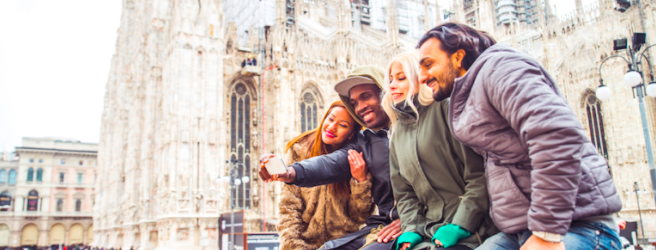Fewer and fewer people look, act, and think like "historic" attendees to visitor-serving organizations.
Negative substitution is affecting cultural organizations in a big way. The bad news is that negative substitution of historic visitors is taking place for mission-driven, visitor-serving organizations (museums, theaters, symphonies and orchestras, science centers, botanic gardens, etc.). The good news is that the first step to evolution may be acknowledging our changing market. On that note, let's do this...Negative substitution is urgent
Negative substitution is a phenomenon occurring globally wherein the number of people who profile as historic visitors leaving the market outpaces...Sign in to KYOB+
Not a member yet?
Never miss the latest read on industry data and analysis.















